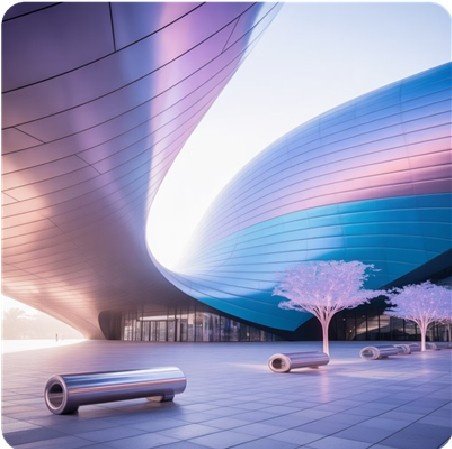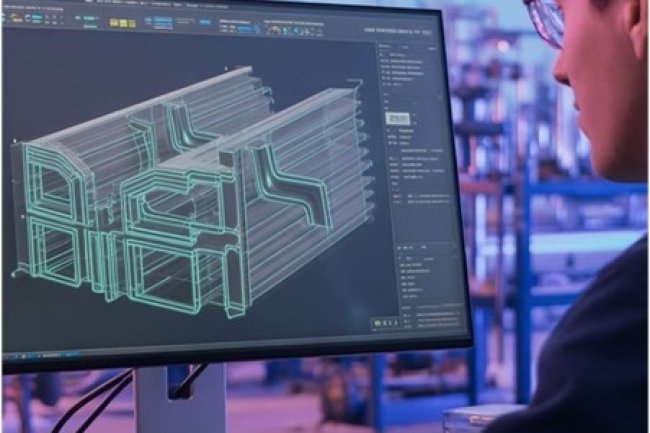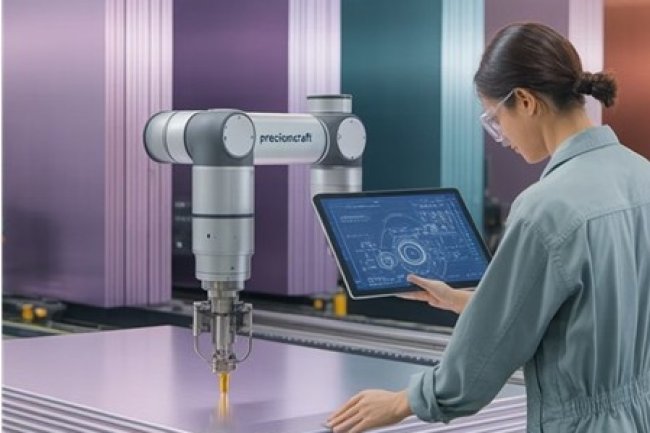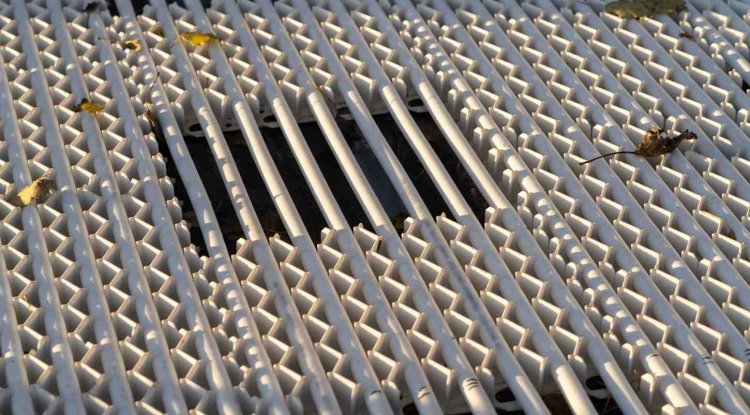Sheet Metal Designs Inspired by Aerospace Engineering for Earthbound U.S. Buildings
The precision and innovation of aerospace engineering is transforming how we approach sheet metal applications in commercial and residential construction. From the sleek curves of aircraft fuselages to the lightweight strength of aerospace components, these design principles are enabling revolutionary building solutions across the United States.

The Aerospace-Architecture Connection
|
Aerospace engineering has long pushed the boundaries of material science, structural efficiency, and aerodynamic performance. These same principles are now being adapted for building design, resulting in structures that are not only visually striking but also highly functional. The integration of aerospace methodology with architectural sheet metal work delivers enhanced durability, improved energy efficiency, and innovative aesthetic possibilities previously unattainable in traditional construction. Modern architects and engineers increasingly look to the sky for inspiration, borrowing concepts such as stressed-skin construction, honeycomb core panels, and advanced joining techniques from aircraft manufacturing. |
|
Key Aerospace Technologies Transforming Building Design
Stressed-Skin Construction
Borrowed from aircraft fuselage design, this technique allows sheet metal panels to carry structural loads, reducing the need for heavy framework and creating more open interior spaces.
Advanced Alloy Systems
High-strength aluminum and titanium alloys originally developed for jets offer superior corrosion resistance and strength-to-weight ratios for building facades and roofing systems.
Precision Forming Methods
Computer-controlled forming techniques from aerospace manufacturing enable complex curved surfaces and seamless joints that enhance both aesthetics and weather resistance.
Real-World Applications in U.S. Construction
Curtain Wall Systems
Aerospace-inspired curtain walls use lightweight composite panels and advanced sealing techniques to create weather-tight building envelopes with dramatic visual impact.
Complex Roof Geometries
Advanced forming techniques allow for organic, flowing rooflines that channel wind and water more efficiently while creating iconic architectural statements.
Interior Architectural Elements
Lightweight honeycomb panels and precision-formed metal components create stunning interior features while maintaining structural integrity and fire safety standards.
Engineering Benefits That Matter
Weight Reduction
Aerospace-inspired designs can reduce overall structural weight while maintaining strength.
Faster Installation
Pre-engineered components and modular systems significantly reduce on-site construction time.
Energy Savings
Advanced thermal management techniques improve building energy performance.
Performance Advantages
- Superior corrosion resistance extends building lifespan
- Enhanced seismic performance through flexible connections
- Improved fire safety with advanced materials
- Better acoustic properties for occupant comfort
- Simplified maintenance requirements
When working with companies like Consac that understand both aerospace principles and building requirements, project teams can leverage these benefits while ensuring compliance with local building codes and standards.
Implementation Considerations for Your Next Project
Design Integration
Early collaboration between architects, structural engineers, and sheet metal specialists is crucial for successful implementation of aerospace-inspired designs.
Material Selection
Choose alloys and coatings that balance performance requirements with local climate conditions and building code compliance.
Fabrication Planning
Advanced forming techniques require specialized equipment and skilled craftspeople familiar with aerospace-grade quality standards.
Installation Coordination
Complex geometries and precision tolerances demand careful sequencing and skilled installation teams experienced with high-performance building systems.
The Future of Building Design Takes Flight
|
|
Key Takeaways for Industry Professionals
As the construction industry continues to evolve, integrating aerospace engineering principles into building design represents a significant opportunity for innovation. By embracing these advanced techniques, project teams can create structures that are not only visually stunning but also more efficient, durable, and sustainable. The sky is no longer the limit—it’s the inspiration for tomorrow’s built environment. |
What's Your Reaction?


















